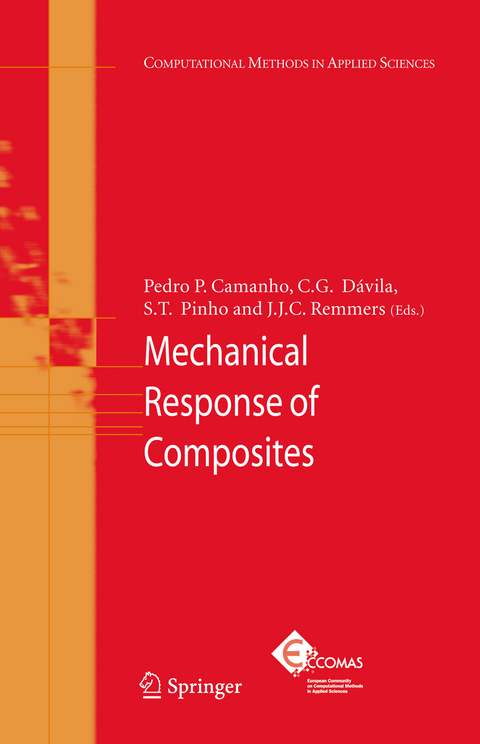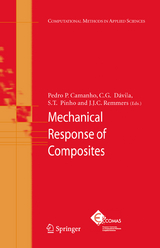Mechanical Response of Composites
Springer-Verlag New York Inc.
978-1-4020-8583-3 (ISBN)
Computational Methods for Debonding in Composites.- Material and Failure Models for Textile Composites.- Practical Challenges in Formulating Virtual Tests for Structural Composites.- Analytical and Numerical Investigation of the Length of the Cohesive Zone in Delaminated Composite Materials.- Combining Elastic Brittle Damage with Plasticity to Model the Non-linear behavior of Fiber Reinforced Laminates.- Study of Delamination in Composites by Using the Serial/Parallel Mixing Theory and a Damage Formulation.- Interaction Between Intraply and Interply Failure in Laminates.- A Numerical Material Model for Predicting the High Velocity Impact Behaviour of Polymer Composites.- Progressive Damage Modeling of Composite Materials Under Both Tensile and Compressive Loading Regimes.- Elastoplastic Modeling of Multi-phase Metal Matrix Composite with Void Growth Using the Transformation Field Analysis and Governing Parameter Method.- Prediction of Mechanical Properties of Composite Materials by Asymptotic Expansion Homogenisation.- On Buckling Optimization of a Wind Turbine Blade.- Computation of Effective Stiffness Properties for Textile-Reinforced Composites Using X-FEM.- Development of Domain Superposition Technique for the Modelling of Woven Fabric Composites.- Numerical Simulation of Fiber Orientation and Resulting Thermo-Elastic Behavior in Reinforced Thermo-Plastics.
| Reihe/Serie | Computational Methods in Applied Sciences ; 10 |
|---|---|
| Zusatzinfo | XVIII, 314 p. |
| Verlagsort | New York, NY |
| Sprache | englisch |
| Maße | 155 x 235 mm |
| Themenwelt | Naturwissenschaften ► Chemie ► Technische Chemie |
| Technik ► Maschinenbau | |
| ISBN-10 | 1-4020-8583-4 / 1402085834 |
| ISBN-13 | 978-1-4020-8583-3 / 9781402085833 |
| Zustand | Neuware |
| Haben Sie eine Frage zum Produkt? |
aus dem Bereich




